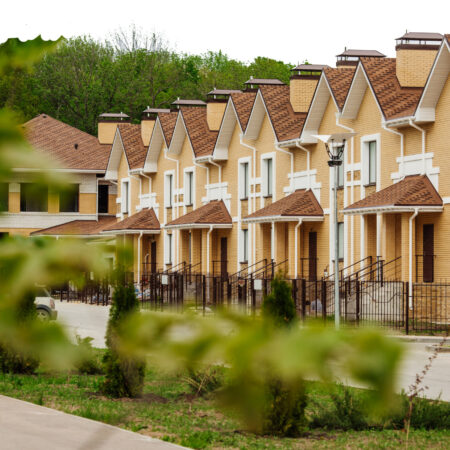Why Retrofit Works Best Within an Asset Management Strategy
Back in 2018 BEIS published a report analysing the barriers to social housing zero carbon retrofit. Although the report is a few years old many of the findings still seem to apply. The pace of current retrofit activity won’t bring all social homes up to EPC Band C or better by 2030.
It’s worth dipping back into the report’s findings and applying some of what we’ve learned in the intervening years. There are definitely options for picking up the pace of retrofit activity. Typically these involve taking a more integrated view of social housing asset management.
Structural procurement issues were highlighted as a major factor in the 2018 report. Often, property improvement works, compliance and maintenance each have their own frameworks and delivery workstreams. Now add a large-scale retrofit programme into the mix and you have a complex landscape.
A Sense of Order
It’s not just coordinating budgets and work programmes that becomes challenging. The administrative overhead needed to pull all of this activity together while keeping residents on board is significant. Meanwhile providers need to comply with new regulations such as the Decent Homes Standard and proactive consumer regulation.
Resourcing is a problem for social housing providers stretched by rent caps and rising labour and material costs. As a result, many are questioning whether progress with retrofit calls for a complete review of their social housing asset management ecosystem.
Many issues are highly interconnected. Activities to make homes better insulated and easier to heat will also have an impact on preventing disrepair claims or problems with damp and mould. But are remedies such as improved insulation and new doors and windows within the remit of retrofit, repairs and maintenance, or property improvements – should it matter?
Retrofit and Asset Management
Perhaps it doesn’t matter so long as there’s a coordinated system for getting this critical work done with minimum duplicated effort or disruption. Labelling certain activities will have advantages when it comes to accessing decarbonisation grants but there’s a strong case that overall efficiency will be improved by putting a total Total Asset Management wrapper around the whole thing.
There’s a strong case for simplifying the procurement ecosystem to accelerate progress with retrofit and improve the overall standards of stock quality and resident satisfaction.
For ideas about how to increase the rate of progress towards net zero carbon social housing visit our resource centre. Or contact Nick Davidge ([email protected]).

